6 Prevalent Late-Summer Pests
6 Prevalent Late-Summer Pests
As we have established, summer is definitely the season of pests. Insects and spiders are naturally more active in warmer weather because they are ectothermic, meaning they are cold-blooded and heavily influenced by the outside temperatures. They reproduce more frequently and are much more productive in their hunting and gathering. Even rodents are more active in their search for cool shelter and a water source. But out of all the pests in backyards across America, there are some frequent visitors that are major problems at this point in the summer. These six pests are not the most common pests ever, but they do seem to be the point of focus during pest control services in the hot weather.
Carpenter Bees
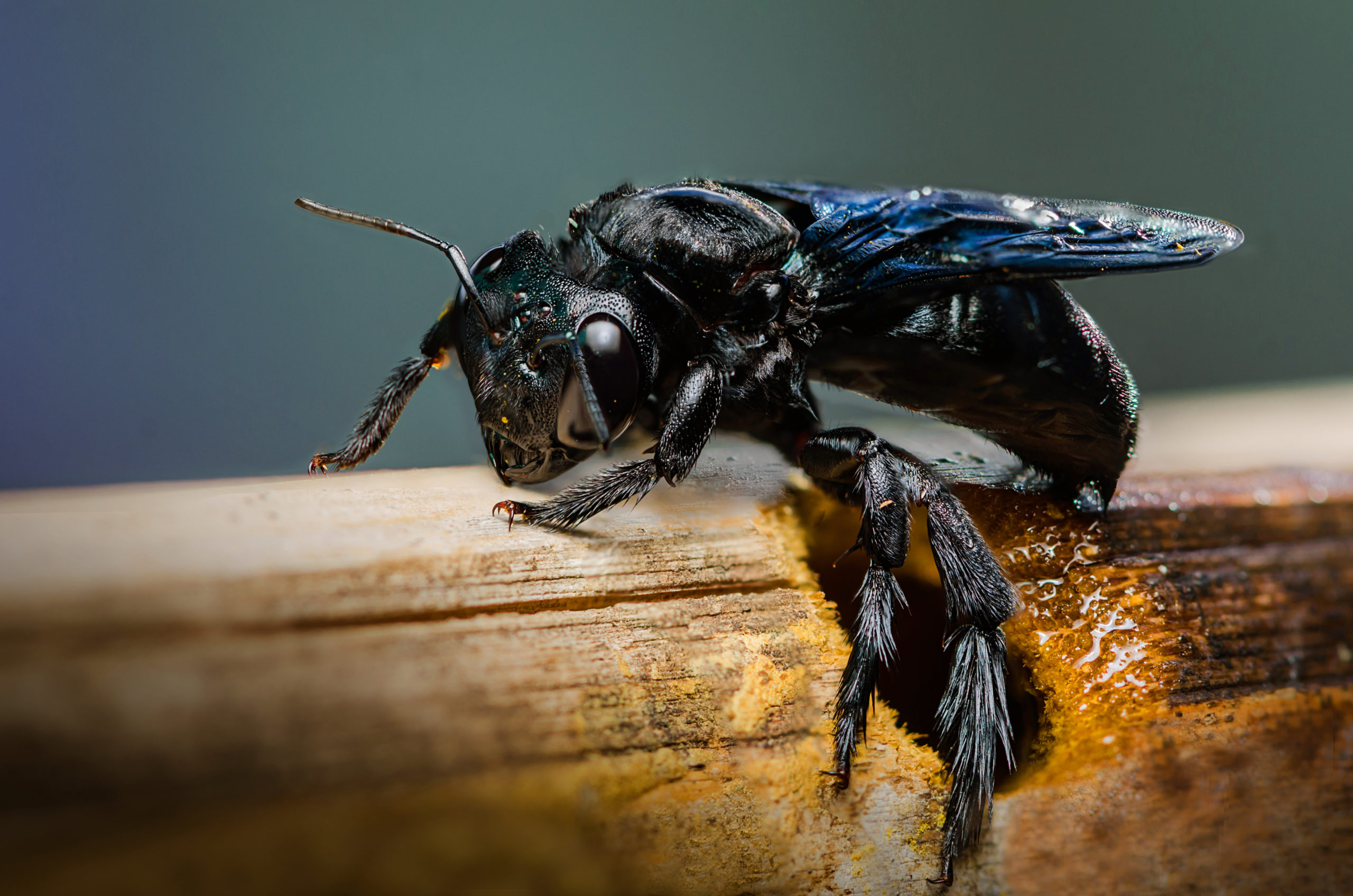
This seems like an oddly specific type of bee to include, but it is actually a frequent visitor of backyards in the summer months. These are the giant bees that can buzz so loud, you hear them from across the yard. You may have seen all-black bees that fit this description, and these are the females. The males have some yellow fuzz around their neck to distinguish them. They are very similar to other kinds of bees in that carpenter bees can live in all kinds of climates and favor nectar and pollen for food. They are also great pollinators, thanks to their large, fuzzy bodies that collect a lot of pollen with every flower they visit. But the major problems lie with where they like to nest.
Similar to carpenter ants (hence the name), carpenter bees burrow inside wood to make their homes. They favor dead or very damaged wood, but they will settle for just about anything. The good news is that carpenter bees don’t live in colonies, so there isn’t a massive swarm of bees trying to fit into one wood hole. The bad news is that they still cause plenty of damage to whatever wood they choose. The mother bee will gnaw through wood with her strong mandibles, then make individual cells inside out of chewed-up wood and her saliva. Each egg gets its own cell with a pollen loaf, and there can be quite a bit of cells if the mother lays a lot of eggs. Thankfully, these bees are some of the most docile out there, which does not match their intimidating appearance at all. However, they are still very territorial and will buzz around the head of a threat to assess the situation. Carpenter bees really only sting if they are handled or directly threatened, so they are not the most sting-happy bees by a long shot. But with the number of holes they can put in our fences and homes, they are not a guest you want to host long-term.
The Proper Prevention: While carpenter bees are certainly helpful with pollinating, they are not great pests to have if there is a lot of wood in your yard or house. The best way to prevent them is simply to check for wood rot or water damage, and the frequency of this depends on the weather and region. If your area is getting a lot of summer storms, there may be some kind of damage to wood fencing, beams, lumber, firewood, and children’s play sets if none of them are protected. Damaged wood will be darker and easily bent, perfect for a carpenter bee looking to make a home. If you find holes in the wood that were not there before, you will know that it is an active nest if you see carpenter bees flying near it. There are store-bought solutions for bees, but larger quantities should definitely be handled by pest control services since they have protection and professional equipment.
Mice
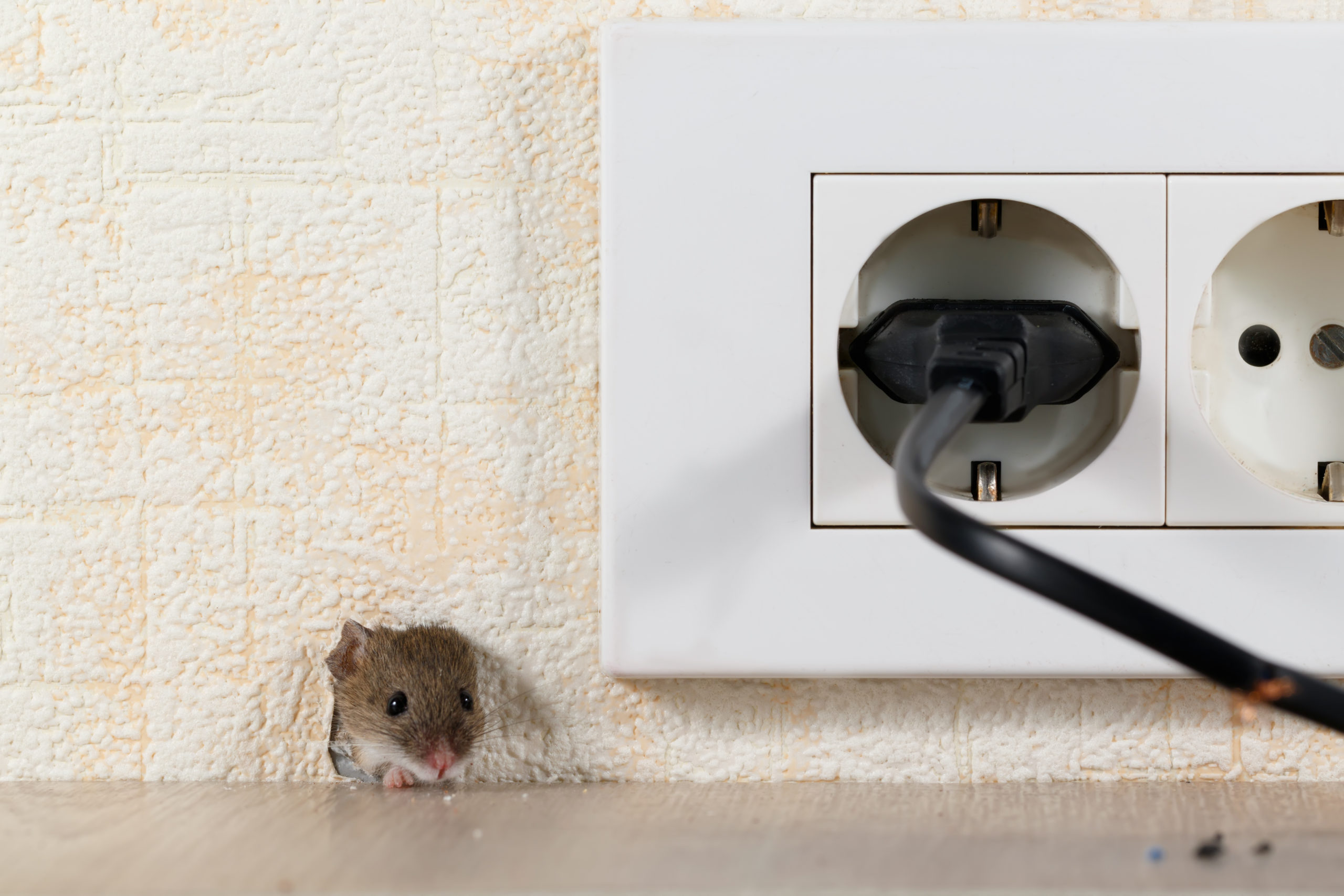
Many of us associate mice with winter, as a lot of invasions seem to take place when the weather is cold and they seek warm shelter. But mice are still a major problem in summer for the same-but-different reason of needing shelter. Most mice infestations happen between October and February, but with about 21 million homes hosting a mouse family every year, there is a lot of time in the warmer months for mice to drive that number up. They can squeeze through cracks the width of a pencil in order to get to their desired shelter, which is as secluded of a place as possible. And since they can chew through wires, walls, and insulation, nothing is off limits to these mighty mice. Female mice can even reproduce about every 3 weeks when conditions are favorable. Talk about having a big family!
There are many negatives to having a mice infestation in addition to the obvious one of having a creature living in your home. They eat 15 to 20 times a day, so they are always looking for their next meal by using their keen noses and scavenging skills. They start searching for food alone around 3 weeks of age, which leaves plenty of time fo them to steal our food. Plus, mice carry all kinds of diseases on their fur and feet, and their droppings have even more bacteria. Hantavirus and Salmonellosis are commonly linked to mice invasions, especially if they are around for a while. Their nests are no fancy decor either, as they are typically a loose ball of shredded paper and other soft materials. Finding random scraps of paper or fabric near walls is no coincidence; it is one of the first signs of an infestation to look out for!
The Proper Prevention: Rodents are one of the worst pests in general due to their contaminated fur, rapid reproduction, and constant eating. They also make a mess of our walls and homes when they gnaw through everything in sight. The best way to prevent mice is to seal any possible entry points they could use to get inside in the first place. Mice can squeeze through impossibly tiny places, so no crack or hole in the house is too small to ignore. It is helpful to inspect for these points every so often, especially as the weather continues to slightly cool down. Use caulk or copper mesh to seal off these entry points, and make sure to continue checking for new ones after this project. Also, as with preventing any pest, keep all food sealed and put away when not in use. Zip-top bags, plastic containers with lids, and snap-top containers will be your best friends in keeping pests out. If mice don’t have a way or a reason to come inside, they will be far less likely to invade as we get closer to fall.
Mosquitoes
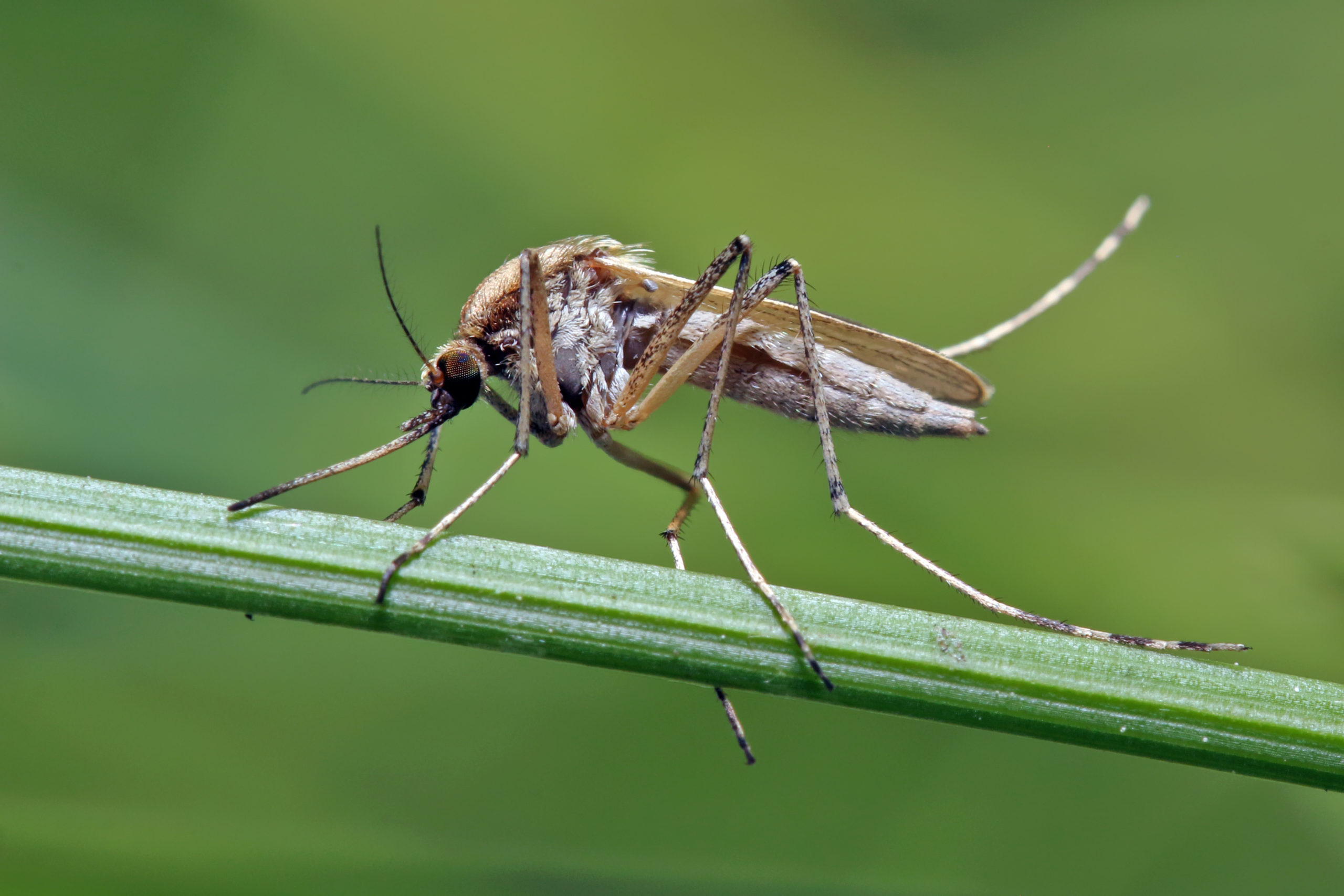
You probably knew this one was coming. Mosquitoes are one of the worst parts of every summer, as their emergence is bad news for anyone who is pre-chosen as a favorite mosquito host (some of us relate a little too well). And while we first think of mosquitoes as being a main problem near ponds and lakes, they are actually a pest in all kinds of areas. Mosquitoes only need a small amount of standing water to breed and lay eggs. This can be water in children’s toys, plant drainage trays, rainwater collectors, and puddles. The mosquitoes can then lay their eggs in this water, which will hatch sooner if the water is warm. They are more active in general with warmer weather, and they take advantage of every ounce of the summer weather as possible.
It may be surprising to learn that mosquitoes actually consume nectar as their primary food source, not blood. Female mosquitoes only drink our blood when they need protein for their eggs, but with the hot weather causing them to reproduce faster, it can mean quite a lot of blood-gathering. People who live in humid areas are no strangers to the spike in mosquito populations that come every summer. The pests are attracted to carbon dioxide and red signatures, both of which are prevalent in the summer when we spend more time outdoors. In addition to the itchy bites, mosquitoes can have the potential of carrying diseases like malaria, West Nile virus, and Zika virus, so being bitten is never a fun time.
The Proper Prevention: By eliminating the water that they use to reproduce, we greatly cut down on the number of mosquitoes in our backyards. Dump out any trays or objects that collected water after a storm, and shake off tarps or coverings that have a lot of water. Citronella candles and bug spray are not completely effective against mosquitoes 100% of the time, but they definitely do help in making life more enjoyable outside. Make sure to keep doors and windows closed when mosquito populations are large to prevent them from coming inside and making summer a miserable experience in your own home.
Spiders
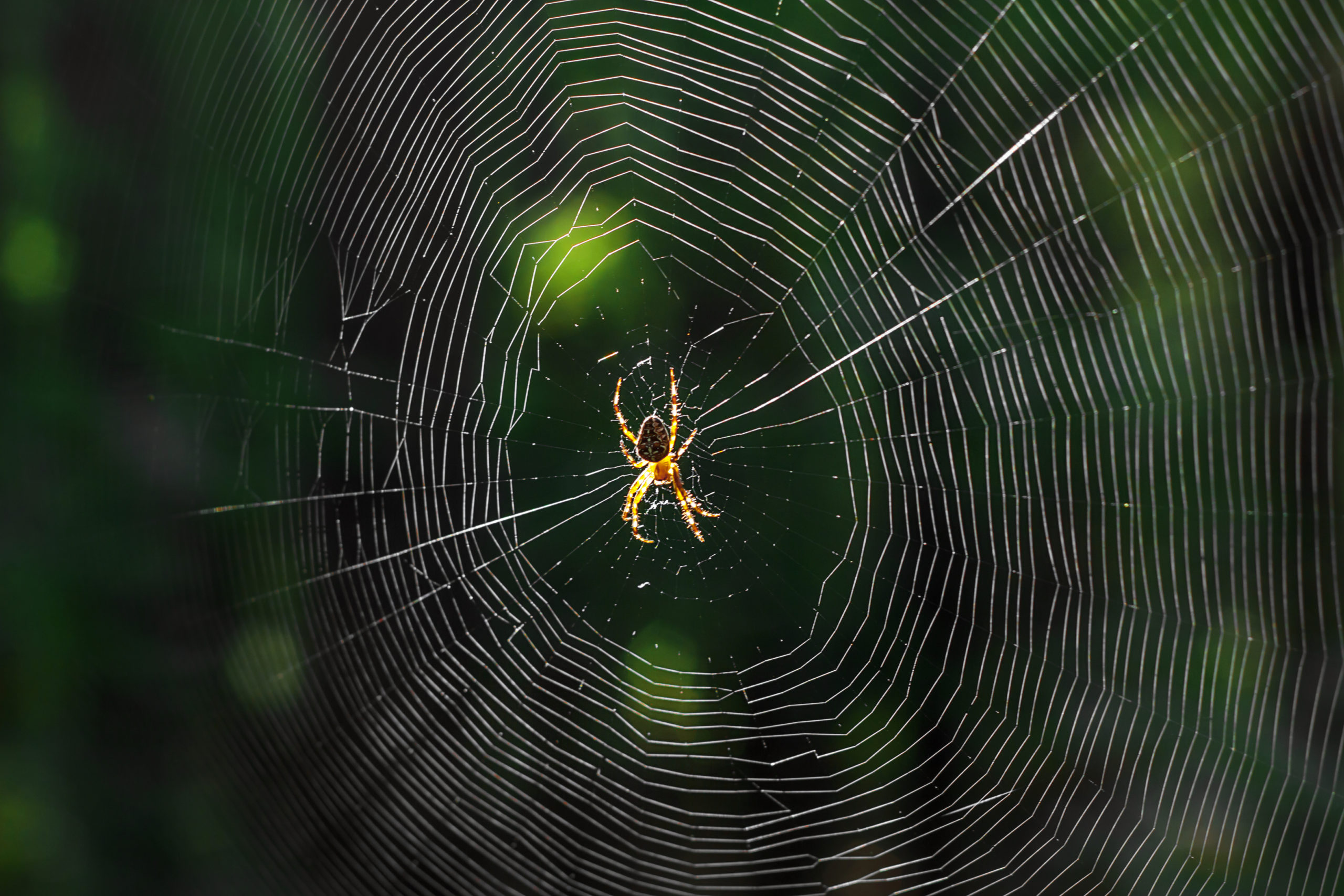
Arachnophobia, the fear of spiders (and a nightmare-inducing movie from the 90’s), is one of the most common fears in the world. This could partly be because spiders are one of the most common pests in the world, and their creepy appearance does not help their case. They are technically beneficial since they eat so many of the tiny pests that plague our homes and gardens. Spiders are always looking for their next meal, the preferred entrees depending on the species of arachnid. They like to invade our homes not only for the potential feast awaiting them, but also for the cooler temperatures in the summer. With the constant high temperatures we’ve been experiencing, we don’t blame the spiders for wanting to escape the heat.
House spiders are the spiders most commonly found in homes, which is obvious from their name alone. A fun fact about them is that most of them have likely never been outdoors, as generations of house spiders can go unnoticed if they know the least disturbed sections of the house. If they constantly have tiny insects to eat and small amounts of water to drink, they have no reason to leave. If you are searching for those thin, delicately-crafted spiderwebs to dust away, you may be surprised to find a thick cobweb fiber that looks straight out of a party decor store. Cobwebs are basically old, abandoned spiderwebs that collected dust to turn into a thick strand of nightmare floss. But no matter what kind of web you find, it is still annoying to know that spiders seem to find your home as cozy as you do.
The Proper Prevention: The best way to prevent spider invasion is to cut off their food supply, which is already a beneficial task for you in general. By getting rid of small insects like flies and gnats, we prevent the spiders from setting up shop for their next buffet. Some people like to leave spiderwebs in corners to catch tiny pests, which is your choice, but this may backfire later if the spider reproduces and unleashes its offspring on the house. It would be better (and less scary) to dust the spiderwebs and cobwebs away, which would also help to keep the house looking more pleasant and less like an early Halloween-themed home.
Termites
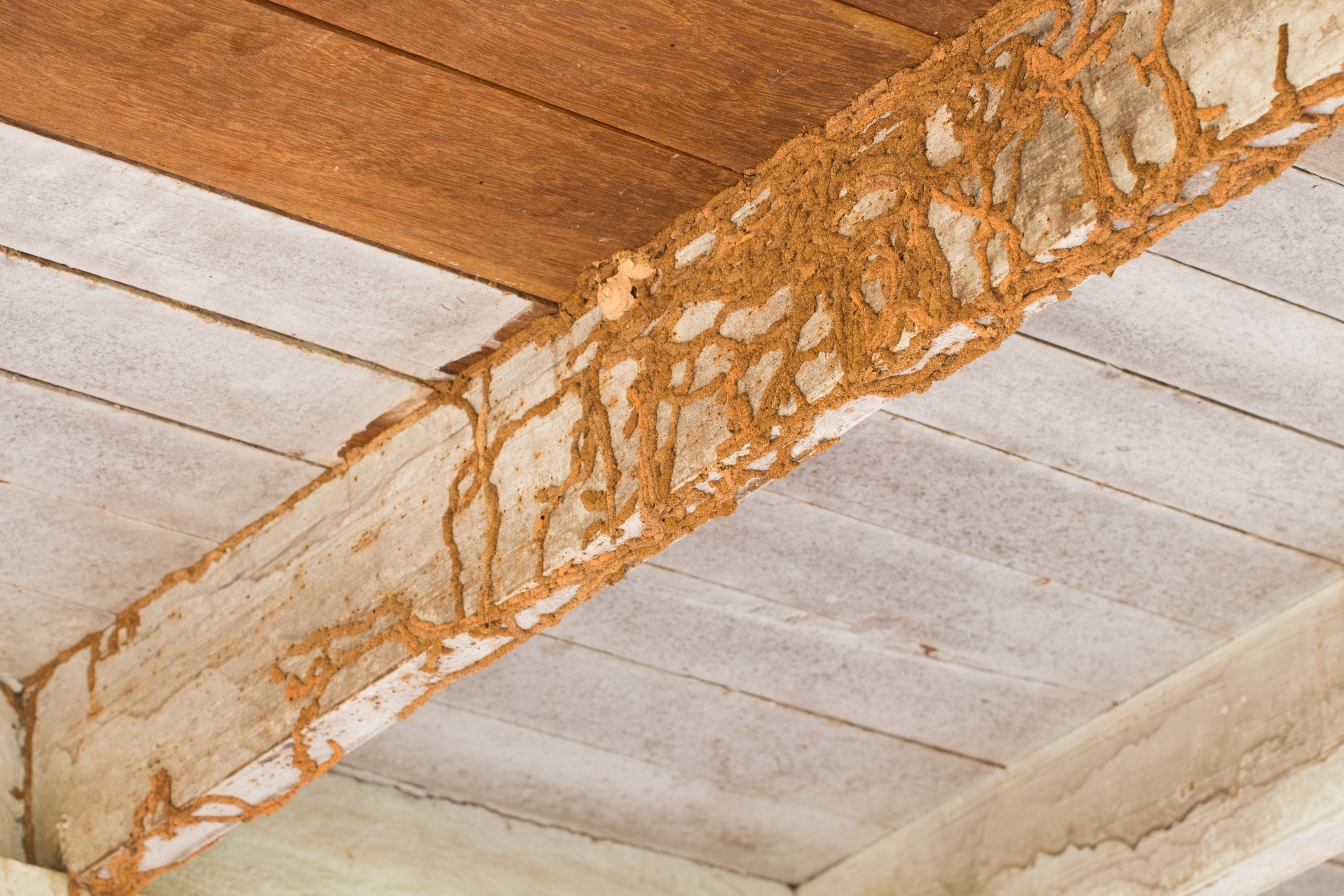
This is one of the most dreaded pests of all, and they are unfortunately pretty common. Termites are infamous for eating through the inner structures of our houses, but they actually can eat through any kind of wood. In fact, the one main criteria termites have for their food is that it has to have cellulose. This means that wood, paper, cardboard, and fabric are all favorites of these insects. Moist wood is often attacked by termite swarmers looking for a new home for their growing colony, so summer storms don’t help this area in any way.
Even though they can eat just about anything with cellulose, wood is still constantly the favorite of termites. It is common to see them invade wooden fencing, firewood, old furniture, and play structures. Termites actually eat the wood they chew through, unlike carpenter bees, so they have a constant food source as they chew more tunnels and expand their home into a mini metropolis. But it is possible to see the route that the termites are taking by looking at the outside of the material. Termites often make mud tubes, lines of dried dirt or mud that provide an extra layer of protection on the outside of their tunnels. This is one of the most clear signs of an infestation, as well as their droppings (frass) on the ground underneath their tunnels.
The Proper Prevention: The prevention for termites is very similar to the one for carpenter bees, except termites are a bit more obvious in where they nest. The mud tubes that termites use to create their tunneling shows where they are and where they spread to. If a mud tube is damaged and repaired within a day of each other, that is a very active colony. But as with carpenter bees, keeping an eye out for wood rot and water damage is crucial to preventing termites from ruining your house. Termites don’t discriminate against types of wood, but these damages make it easier for them to invade. If you believe you have termites in any way, call pest control immediately. These frustrating pests require special treatments and baits to eliminate, and it is best to treat the problem before it undoubtedly grows.
Wasps
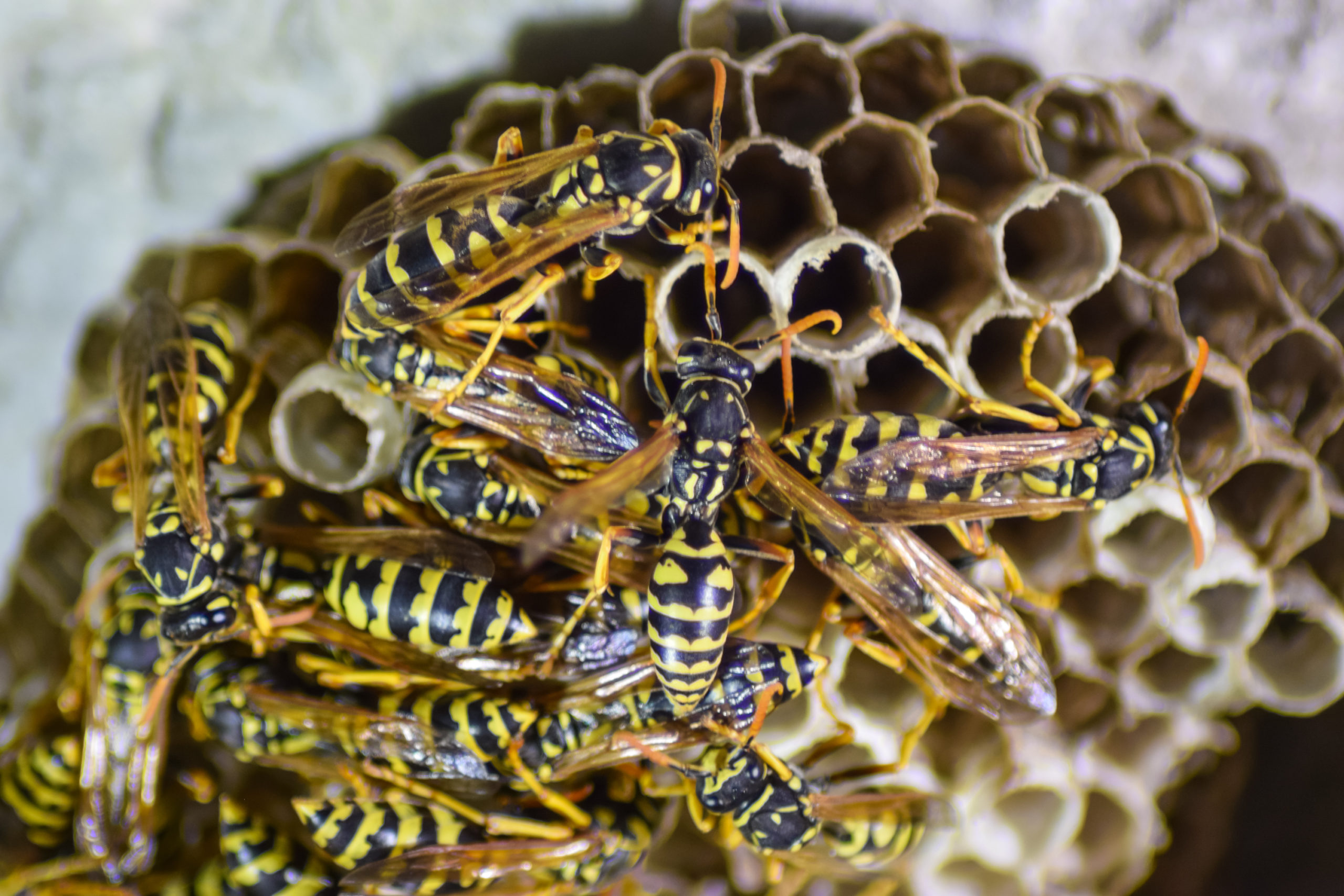
Any stinging insect is not a houseguest we want, but wasps are one of the most common and the most annoying. They can sting more than once, unlike bees, so a swarm of angry wasps is not something you want to have charging at you. There can even be up to 15,000 wasps in one nest! These nests are made of chewed up wood and wasp saliva, so they can constantly expand it as their population grows. They are famously territorial as well, so it is best to avoid going near their nests as much as possible.
Wasps are technically beneficial, but that does not mean we welcome them into our yards. They pollinate flowers as they hunt for nectar and small insects to eat, but not enough to keep them around. Summer is the busiest time of year for wasps, hence why we see them much more often. They are growing their colonies and expanding their nests in general, as well as gathering more food to keep for the upcoming winter. And since our parties and gatherings tend to move outside in the summer, they have a lot more sources to choose from. This is also why they seem to be more aggressive when it’s hot outside; they are super active and perceive anyone near their home or food as a threat. It is easy for their nests to remain hidden if they pick a secluded corner of the yard, which is how they can go unnoticed for a while and increase their colony to a scarily large number.
The Proper Prevention: Thankfully, wasps prefer to stay outside in their own nests for most of the year. The only time they really try to come indoors is before winter, and that’s just the queen and a couple of drones. But it’s still frustrating to have a nest hanging in the backyard when you and your family just want to spend time outside. Keep an eye out for any nests hanging from fences or tree limbs throughout the summer, as it is easiest to take care of when it is still small. To prevent wasps from ruining your backyard gatherings, keep all food and drinks covered when not in use. Also, keep garbage cans closed to prevent them from swarming any food residue inside. Wasps are attracted to sugar and protein just like any other stinging insect, so they love to dive bomb our meals and leftovers.
Pest Control Combats the Common Pests!
No matter what pest is plaguing your home or business, it is never an ideal situation to have. They make going outside or hosting guests into a chore, and can ruin food, furniture, or even the house itself if the infestation is big enough. There is no bad time to start pest control services, as both preventative and responsive services are crucial to keeping a home pest-free. Our team of experienced technicians is here to provide eco-friendly treatments that solve pest problems of all kinds. Contact us today for more information on our services and to learn how you can enjoy the last days of summer free from pests!
Citations
5 common myths about house spiders. (n.d.). Terro. Retrieved August 3, 2022, from https://www.terro.com/articles/5-common-myths-about-house-spiders
Debunking common spider myths. (n.d.). Pest World. Retrieved August 3, 2022, from https://www.pestworld.org/news-hub/pest-articles/debunking-common-spider-myths/
General information about mosquitoes. (n.d.). EPA. Retrieved April 27, 2022, from https://www.epa.gov/mosquitocontrol/general-information-about-mosquitoes
Layton, B. (Dr.). (n.d.). Signs of termite infestation. Mississippi State University Extension. Available at http://extension.msstate.edu/content/signs-termite-infestation (Accessed on August 3, 2022).
MacMillan, H. (2018, June 23). Why your summer might be full of mosquitoes. Scientific American. Available at https://www.scientificamerican.com/article/why-your-summer-might-be-full-of-mosquitoes/ (Accessed on April 27, 2022).
Rats and mice. (n.d.). Indiana Department of Health. Retrieved August 3, 2022, from https://www.in.gov/health/erc/infectious-disease-epidemiology/rats-and-mice/
Stinging insects 101. (n.d.). Pest World. Retrieved August 3, 2022, from https://www.pestworld.org/news-hub/pest-articles/stinging-insects-101/
Wasps thrive in late summer and autumn. (n.d.). Pest World. Retrieved August 4, 2022, from https://www.pestworld.org/news-hub/pest-articles/back-by-un-popular-demand-wasps-thrive-in-late-summer-and-autumn/
Request a Free Quote Today
(We do not share your data with anybody, and only use it for its intended purpose)
